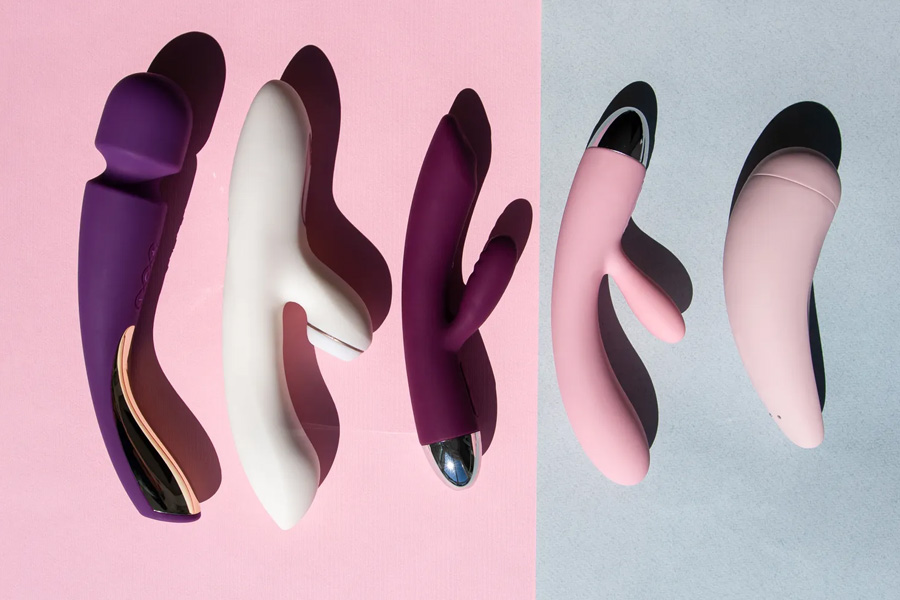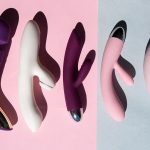In the past decade, chatbots have become ubiquitous. Companies and organizations across various industries use chatbots to communicate with customers, provide support, and automate tasks. With the increasing demand for chatbots, the role of UX designers from top consulting companies in India has become more important than ever. In this article, we will discuss the role of a UX designer in today’s chatbot era.
Understanding the Chatbot Landscape
To get the role of a UX designer in chatbot development, it is crucial to first grasp the chatbot landscape, which is divided into two types: rule-based and AI-powered. Rule-based chatbots follow a predetermined set of rules and can only respond to specific queries, while AI-powered chatbots are designed to learn from user interactions and improve their responses over time.
Role of UX Designers in Chatbot Development
The role of a UX designer in chatbot development is to create an intuitive and engaging user experience. UX UI design services too are responsible for understanding the user’s needs and designing a chatbot that meets those needs. Here are some key areas where UX designers play a crucial role in chatbot development.
Conversation Design
Conversation design is the process of designing the flow of conversation between the chatbot and the user. UX designers must understand the user’s needs and design the conversation flow accordingly. They must create a conversation that is easy to follow and helps users achieve their goals quickly. The conversation flow should be designed so that users can stay calm and clear.
One way UX designers achieve this is by using natural language processing (NLP) to create a chatbot that can respond to user queries in a human-like manner. They must also ensure the chatbot reacts appropriately to the user’s questions and provides relevant information.
Visual Design
Visual design plays a crucial role in creating an engaging chatbot. UX designers must ensure that the chatbot has an intuitive and attractive interface that is easy to use. They must design the chatbot’s interface to align with the brand’s visual identity.
UX designers working for UX UI design company must also consider the context in which the chatbot will be used. For example, if the chatbot is designed for mobile devices, the interface must be optimized for small screens. Similarly, if the chatbot is designed for a specific industry, such as healthcare or finance, the interface must align with industry-specific regulations and guidelines.
User Testing
By conducting user testing, designers can identify issues or areas that need improvement in the chatbot’s functionality, design, and overall user experience.
During user testing, designers observe and gather feedback from real users who interact with the chatbot, asking them to perform specific tasks or answer questions. This process provides valuable insights into how users navigate the chatbot, what they find easy or difficult to use, and where they may need clarification or clarification.
By understanding how users interact with the chatbot, designers can make data-driven decisions about improving the chatbot’s design and functionality. This may involve tweaking the chatbot’s language, modifying its flow, or adding new features to address specific user needs.







